The killings in Chicago have left more than 100 children dead, with hundreds of others suffering injuries from gunshots.
Ove that same time period, 1,665 children have been shot.
About 7.4 percent of those in the Tribune’s database don’t include an age, so the actual number of incidents could be higher, the outlet noted.
Deaths of Minors Skyrocket
In 2011 and 2012, dozens of children were hit by bullets but none died. Starting in 2013, deaths of minors have climbed into the dozens. In 2017, 38 children were killed by gunshots while another three occurred that weren’t associated with a shooting. A two-year-old boy, Lavontay White Jr., was one of those shot dead. In total, 246 minors were shooting victims last year.Lawmakers, a range of groups, and regular residents of the city have been scrambling for ways to stop the violence that has raged on city streets for years now. But they’ve struggled to put together a response and cut the number of shootings down.
“It’s disheartening,” Davis, who moved to Chicago in 1961, said. “It seems as though over a period of time, the population has lost a great deal of hope. Kids are shooting one another out there on the streets.”
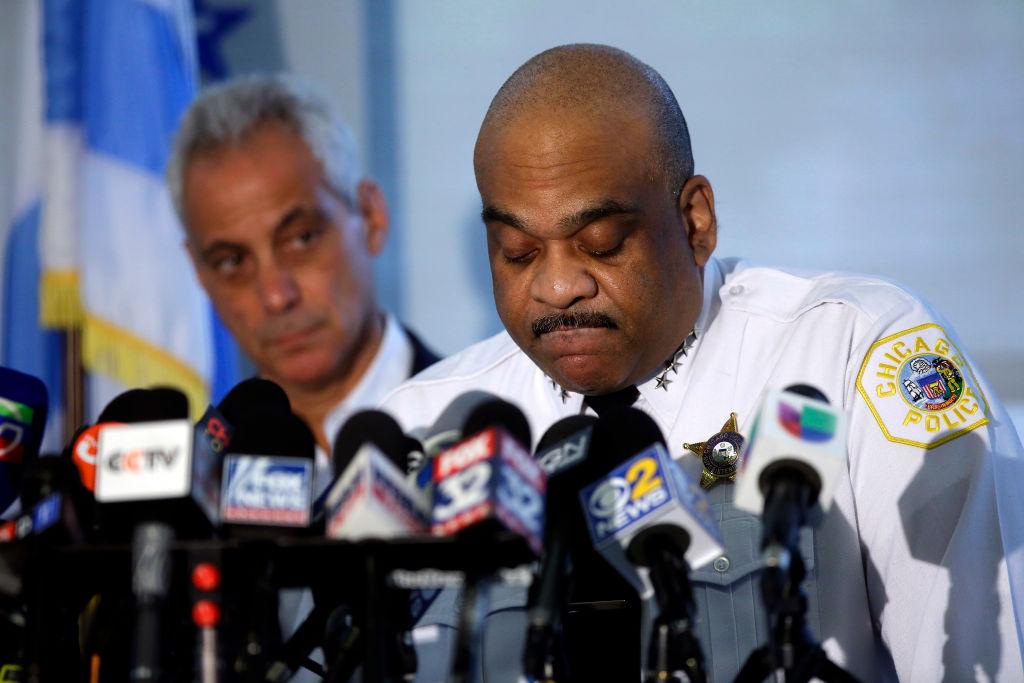
Crime Analysis
According to the University of Chicago’s Crime Lab, the clearance rates on shootings, or the percentage of cases solved, are below 20 percent. That means eight out of 10 shooters were never arrested or convicted.Jens Ludwig, director of the Crime Lab, told a City Club audience earlier this year that poverty is a contributing factory.
“One of the ways Chicago is different is that our social conditions are not anything like those now in New York City and Los Angeles,” Ludwig said. “We are not just the most segregated city in America, but the level of concentrated poverty we have in our neighborhoods is unlike anything in Los Angeles or New York. You would not find an Englewood or Garfield Park anywhere in Los Angeles and New York.”
The board blamed the violence on 5,000 to 10,000 “thugs and drug dealers.”
“It’s the same individuals that continuously commit these crimes,” Chicago Police Department Superintendent Eddie Johnson told the Tribune.
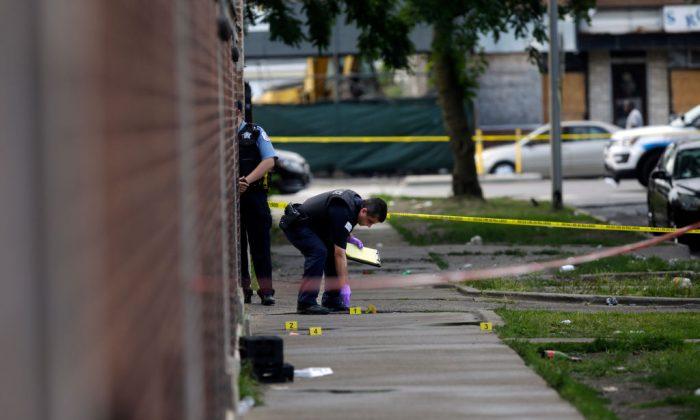

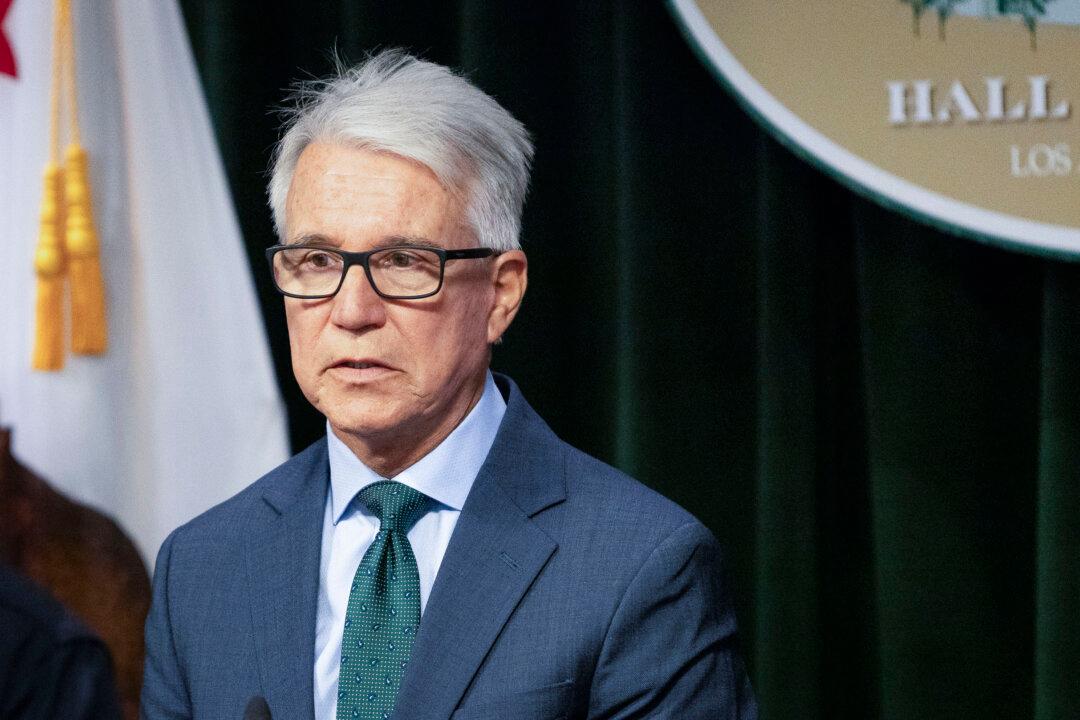

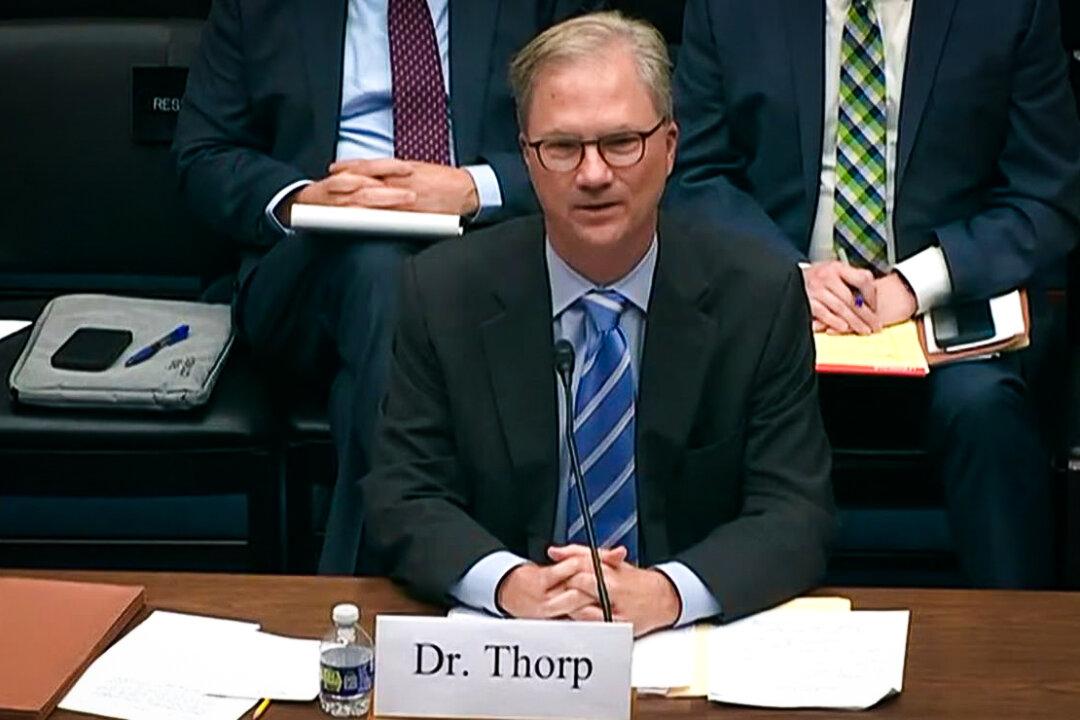
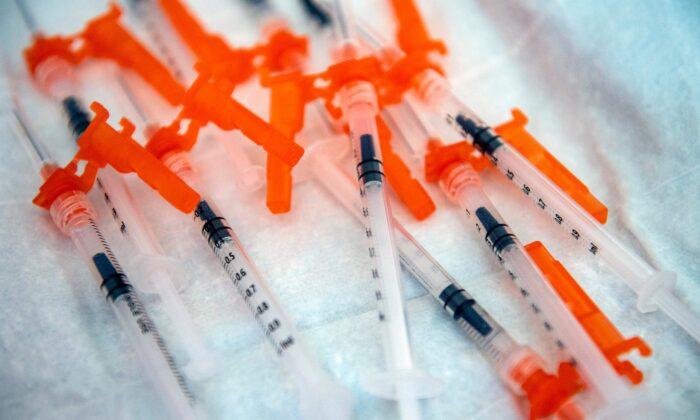
Friends Read Free